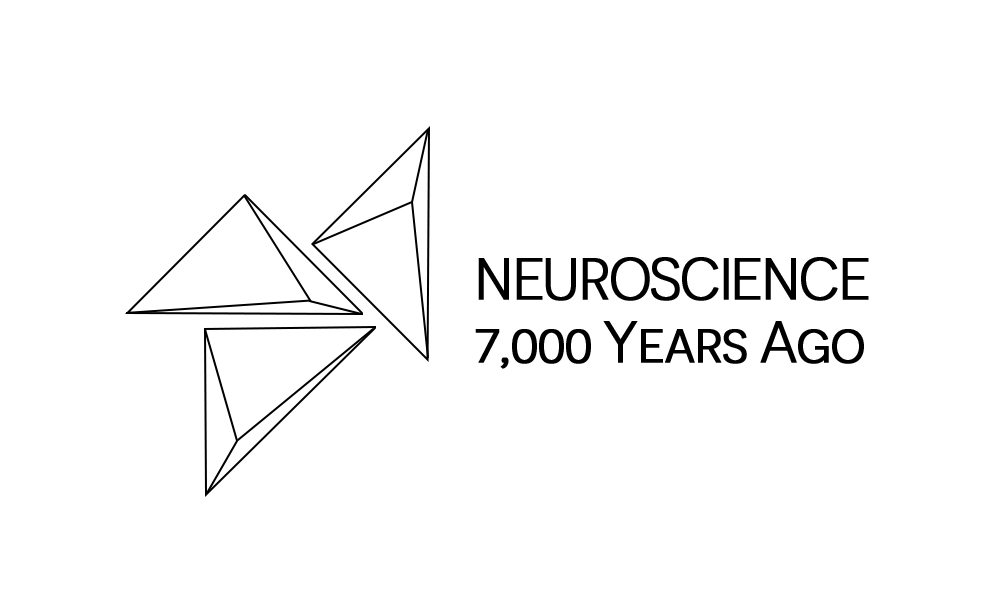
Neurology Discoveries in Ancient Arab Civilization
Scientists and physicians had many discoveries related the brain anatomy and neurological diseases which have been in that time.
Avicenna discovered the cerebellar vermis which he named vermis and the caudate nucleus, which he named tailed nucleus or nucleus caudatus. These terms are still used in modern neuroanatomy and neurophysiology [1]. Moreover, he was the first person to relate intellectual dysfunctions to deficits in the brain’s middle ventricle and frontal lobe, which mediates common sense and reasoning [2]. Avicenna also diagnosed facial nerve paralysis, distinguishing between paralysis and hyperemia. He also diagnosed meningitis as a disease induced by the brain itself, differentiating it from infectious brain disease. Moreover, he was able to diagnose and describe other types of meningitis induced by an infection in other parts of the body.
Avicenna often used psychological methods to treat his patients. One of his patients was a prince of Persia who had melancholia and suffered from the delusion that he was a cow, and who would low like a cow crying “Kill me so that a good stew may be made of my flesh” and would never eat anything. Avicenna was persuaded to take on the case and sent a message to the patient, asking him to be happy as the butcher was coming to slaughter him, and the sick man rejoiced. When Avicenna approached the prince with a knife in his hand, he asked “where is the cow so I may kill it?” The patient then lowed like a cow to indicate where he was. “By order of the butcher, the patient was also laid on the ground for slaughter.” When Avicenna approached the patient pretending to slaughter him, he said, “the cow is too lean and not ready to be killed. He must be fed properly and I will kill it when it becomes healthy and fat.” The patient was then offered food which he ate eagerly and gradually “gained strength, got rid of his delusion, and was completely cured” [3].
Ibn Zuhr (Avenzoar) was the first to provide accurate descriptions of neurological disorders including intracranial thrombophlebitis and mediastinal germ cell tumors. Averroes suggested the existence of Parkinson’s disease and referred to the photoreceptor properties of the retina. Maimonides wrote about neuropsychiatric disorders and described.
rabies and belladonna intoxication [4].
Al-Razi His carefully compiled observations of patients comprised the most complete classification of mental diseases known before then. Described agitated depression, obsessional types of neurosis, Nafkhae Malikholia (combined priapism, sexual impotence), Kutrib (a form of persecutory psychosis) and Dual-Kulb (a form of mania).
In addition to baths, drugs, kind and benevolent treatment given to the mentally ill, music therapy and occupational therapy were also used. These therapies were highly developed. Special live music bands were brought in daily to entertain the patients by providing singing and musical performances, with comic performers as well.
References:
1 Aydin, I.: ‘Avicenna and modern neurological sciences’, Journal of Academic Researches in Religious Sciences, 2001, 1, pp. 1-4
2 Mohamed, W.M.: ‘Arab and Muslim contributions to modern neuroscience’, IBRO History of Neuroscience, 2008, 169, (3), pp. 255
3 Haque, A.: ‘Psychology from Islamic perspective: Contributions of early Muslim scholars and challenges to contemporary Muslim psychologists’, Journal of religion and health, 2004, 43, (4), pp. 357-377
4 Martin-Araguz, A., Bustamante-Martinez, C., and Moreno-Martínez, J.: ‘Neuroscience in Al Andalus and its influence on medieval scholastic medicine’, Revista de neurología, 2002, 34, (9), pp. 877-892






